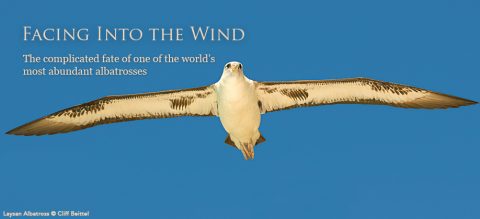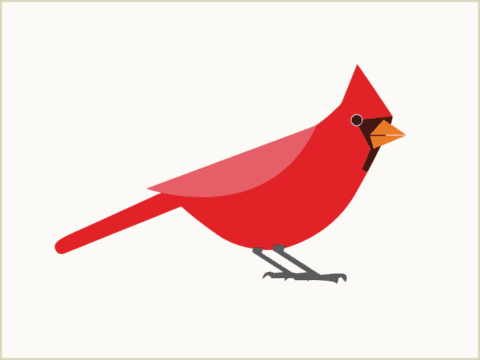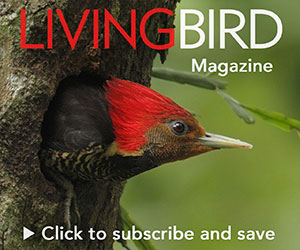Penguins, Pipits, Seals, and Shackleton on a Sojourn in South Georgia
By Tim Gallagher
From the Summer 2014 issue of Living Bird magazine.
July 15, 2014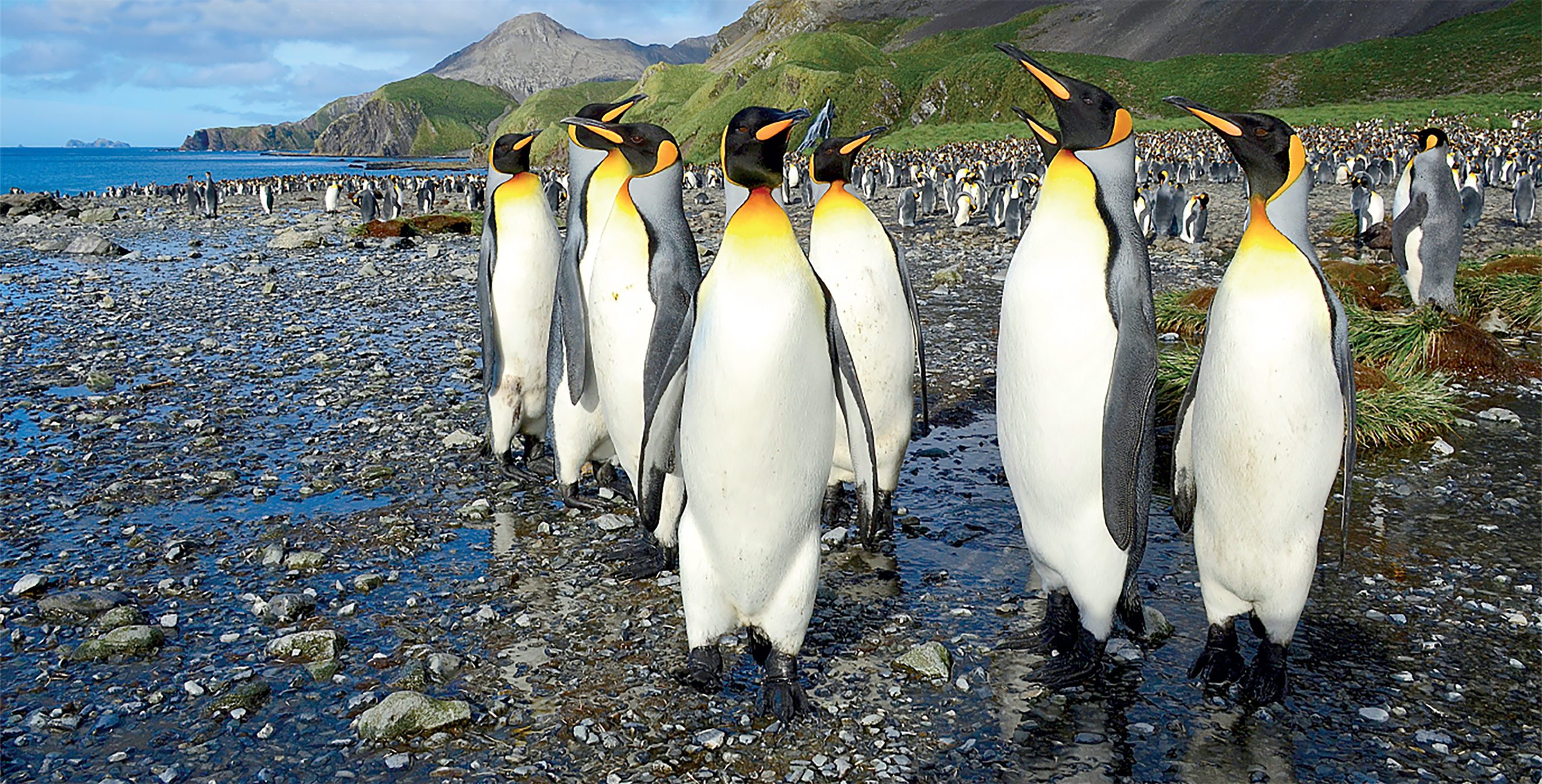
If there’s a single word to describe South Georgia Island, it is otherworldly. I remember thinking that last March when I first laid eyes on this remote subantarctic isle looming through the mist ahead of our ship. As we moved closer, lofty, snowcapped mountains and glaciers materialized, overlooking vast expanses of beach and tussock grass, teeming with so many penguins, seals, and other spectacular wildlife it resembled the scene from Lord of the Rings when the armies of Middle Earth were massing for battle.
South Georgia Island is a truly isolated place, stuck near the bottom of the Earth, a thousand miles east of Tierra del Fuego, the southernmost tip of South America. Measuring 104 miles long by 23 miles wide, the island is rugged, mountainous, and largely barren, with 11 peaks rising more than 6,000 feet above sea level. The only way to get there is by sea, so it is visited mostly by tourists on cruise ships, often as part of a voyage to Antarctica (in my case, I went on a Lindblad/National Geographic voyage from Ushuaia, Argentina, to the Falklands and South Georgia Island). Only a handful of people— the museum staff at the former whaling station, Grytviken, and various researchers—actually stay on South Georgia Island, but most of them pack up and leave as the austral winter approaches.
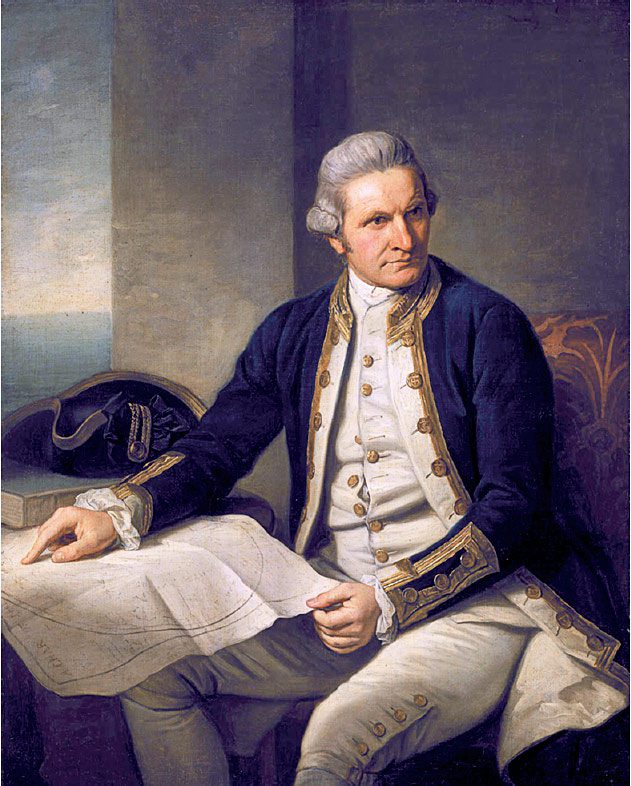
When famed British mariner Captain Cook first spotted the island in January 1775, he thought he’d discovered the longsought Antarctic continent, Terra Australis Incognita, only to find, when he rounded the southern tip, that it was a long, thin island. So he named the tip of the island Cape Disappointment. In truth, he and his crew were not the first to see the island—at least a couple of ships had stumbled upon it decades earlier when they were blown off course. But Cook was first to land there, and he meticulously mapped the island. What impressed him most were its glaciers and rugged landscape. “The head of the bay, as well as two places on each side, was terminated by a huge mass of snow and ice of vast extent,” he wrote. “Wild rocks raised their lofty summits till they were lost in the clouds and the valleys laid buried in everlasting snow.”
Cook dubbed it the Isle of Georgia, in honor of King George III. Naturalist Georg Forster, who was also aboard the ship, described the ceremony as the crew raised the flag. “A volley of two or three muskets were fired into the air, and the barren rocks re-echoed to the sound, to the utter amazement of the seals and penguins, the inhabitants of these newly discovered dominions.”
I can just picture the scene that day as those startled seals and penguins gazed upon the strange intruders, no doubt the first humans they’d ever seen. But the experience for human visitors hasn’t really changed that much since Cook’s time. The wildlife is still remarkably unsuspicious, with seemingly little or no fear of people. In the five days our ship lay anchored at various points along the leeward coast of the island, we made numerous Zodiac landings—usually at least two a day—at coves and inlets teeming with wildlife. And every landing was memorable.
During a dawn landing at Gold Harbour, on the southeastern coast of the island, we were greeted by tens of thousands of King Penguins, their reedy, high-pitched calls echoing around us, mixing with the bizarre bellows, grunts, and belches of elephant seals and fur seals. At about three feet tall, the King Penguin is the second-largest penguin in the world (the closely related and similar-looking Emperor Penguin of Antarctica is several inches taller).
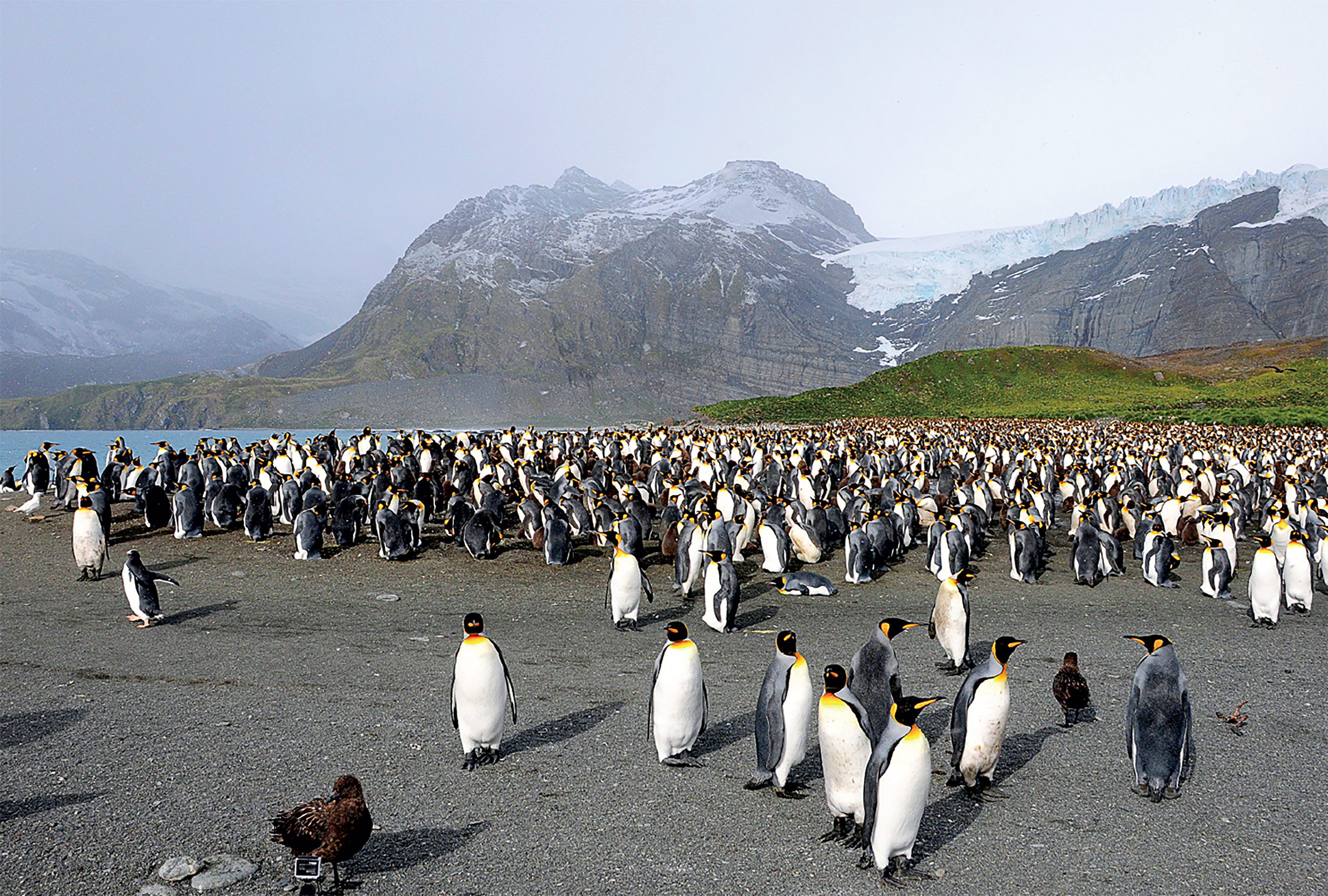
time, with thousands of King Penguins massed on the beaches. Photo by Tim Gallagher.
I saw many King Penguin chicks, some nearly as large as their parents but covered entirely in dark-brown wooly down. This had prompted old-time seamen to call them “Oakum Boys.” (Oakum is a tarred hemp fiber that was used to caulk the seams of wooden boats and make them watertight; the people who did this work, usually young boys, often became covered with the brown fluffy down from the oakum, making them somewhat resemble the young penguins.) Some people actually thought these chicks were a separate species of penguin.
Many King Penguins swam alongside the ship or dove deep beneath the water, looking much more like real seabirds than did the tuxedoed hordes we saw waddling around on shore. I sat on the beach for a time at eye level with them, endlessly fascinated as they came swimming in from the sea, standing up quickly as they reached shallow water and walked ashore. The smaller Gentoo Penguins were also there, though there were far fewer of them, perhaps only a couple hundred.
Numerous other birds were part of the chaotic scene on the beach. Brown Skuas flew over the penguin colony, searching for things to pilfer. A couple of them landed and inspected the camera bag I had set down on the sand less than a yard from me. A Southern Giant-Petrel strode past with wings raised, being pecked at by penguins. And Snowy Sheathbills were everywhere, resembling white pigeons as they foraged, bobbing their heads with every step.
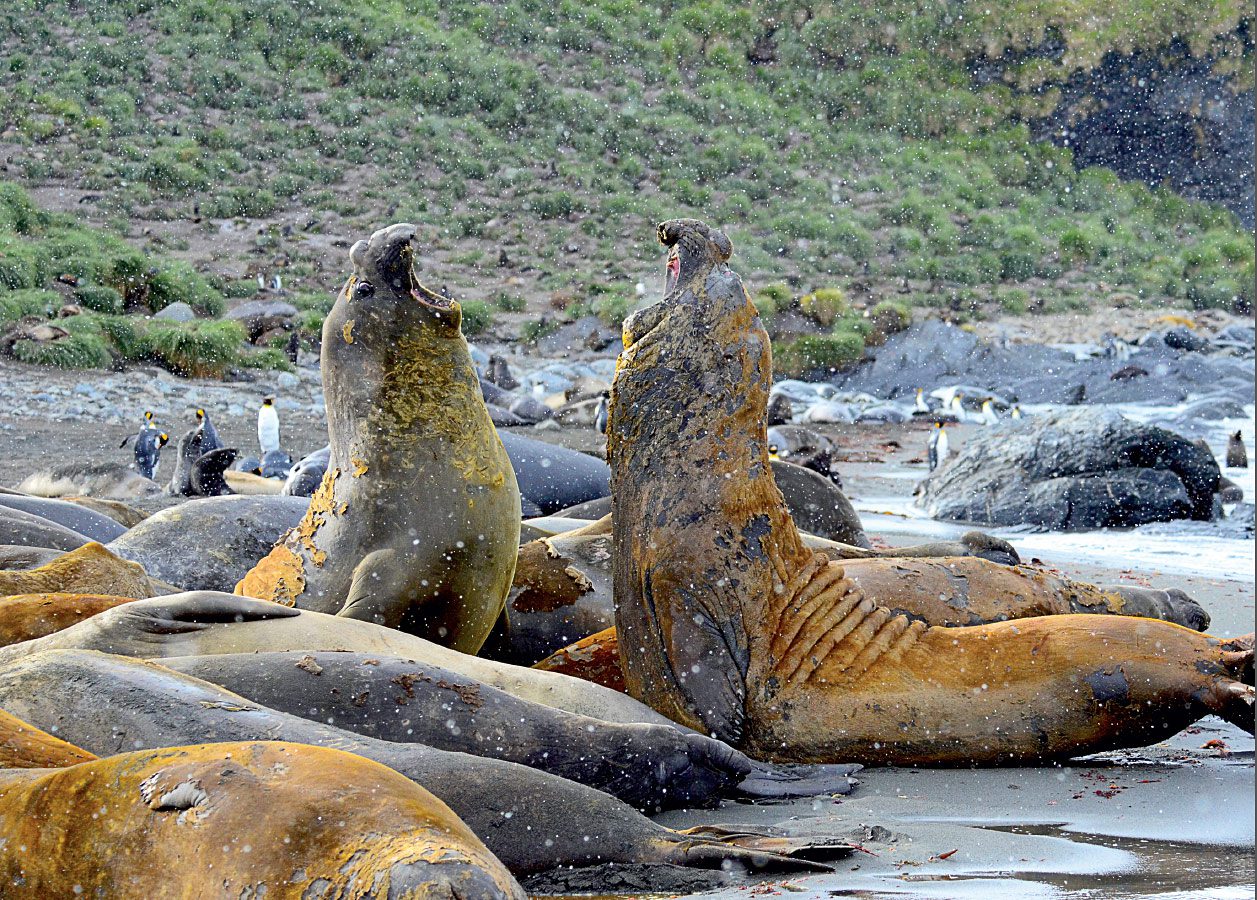
Fur seal pups, as big as medium-sized dogs, scampered playfully everywhere we went on South Georgia. They were like unruly teenage boys, constantly roughhousing with each other or trying to bother the birds and anything else they encountered on land or sea. The penguins more or less ignored them or pecked at them whenever they became too annoying. Still, their wild cavorting was always fun to watch. These seals had been hunted to near extinction in the 19th century, but their population has since rebounded, and they now number more than 3 million. Sadly, the whales have not come back as strongly. South Georgia Island was a center for Antarctic whaling from 1904—when the Grytviken whaling station was founded—to 1965, when the last of the whaling stations on the island closed. (You can still see the rusting hulks of old whaleboats at Grytviken.) During those years, upwards of 175,000 whales were killed in the surrounding waters. It will probably take a century or more for these long-lived, slowmaturing animals to build up their numbers to anywhere near historic levels. But we did see several humpback and fin whales from the ship during our voyage.
The most impressive creatures on the island’s beaches are certainly the elephant seals—massive, hulking animals, some measuring 16 feet in length and weighing more than 8,000 pounds. They are named for their large proboscis, which somewhat resembles an elephant’s trunk. Unlike fur seals, which can rotate their hind flippers around to “walk” on land, elephant seals must go galumphing down the beach, rocking back and forth on their stomachs along the sand to get around. Most of the time, they just lie quietly dozing on the beach, seven or eight of them gathered in a clump to keep each other warm. But one always ends up squirming a little too much, trying to get into a more comfortable position, and nudges another sleeping giant. A skirmish then inevitably breaks out, the aggrieved seal arching upward and bellowing with indignation, its breath smoking in the frosty air. Sometimes the two charge each other, smashing their chests together with their mouths agape. Of course, such a great exertion tires the two angry seals, and they usually drop back into a deep slumber after an altercation. Penguins would often walk through the groups of elephant seals. About the fifth or sixth time some passing penguins kicked sand in one elephant seal’s face, he lifted his head, enraged, and bellowed at the intruders—which I was lucky enough to capture with my camera.
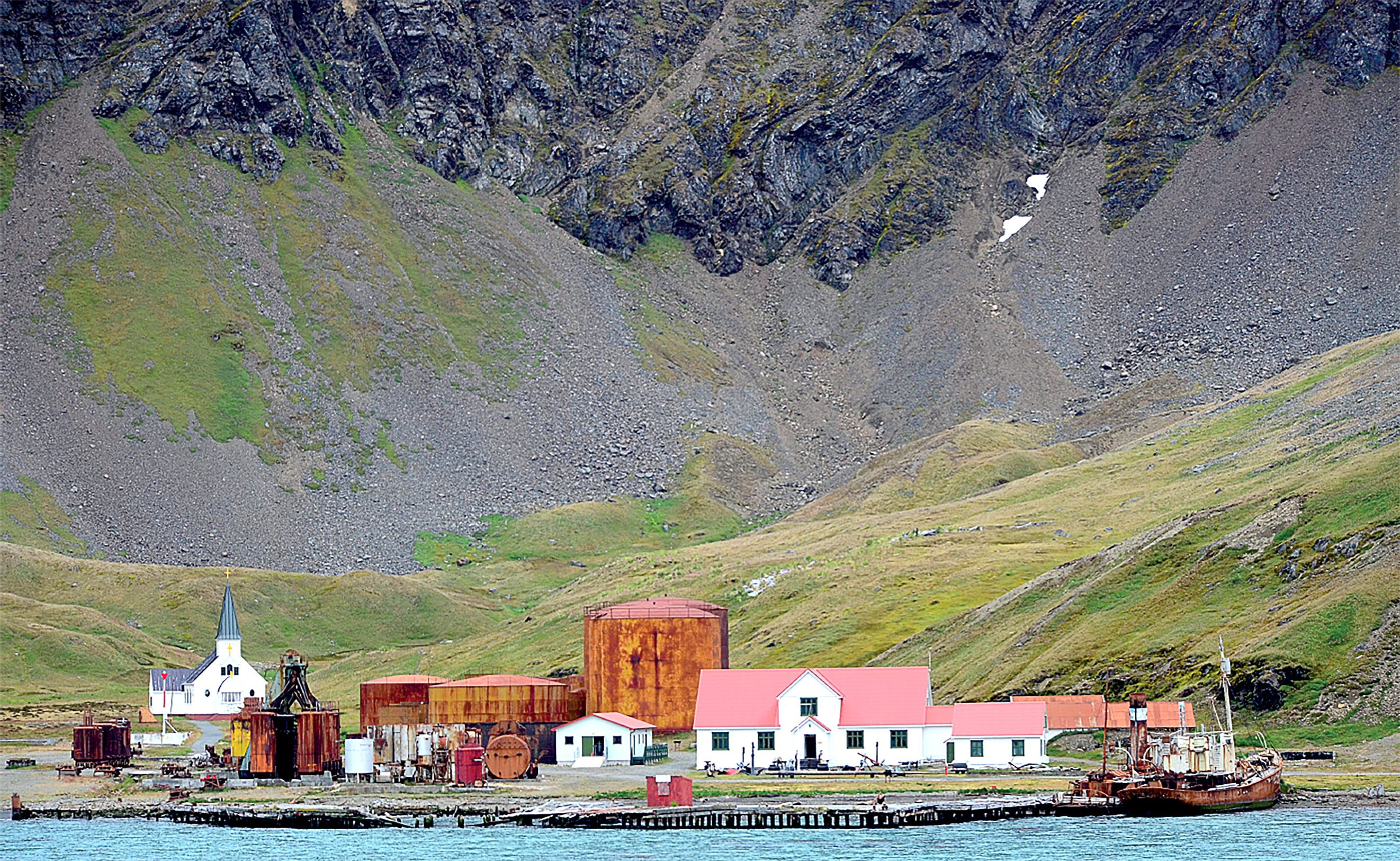
visitors still stop there to see the museum and the old church. Photo by Tim Gallagher.
Another day, we cruised in Zodiacs close to a rocky shore, watching Macaroni Penguins play in the surf. The birds looked over-the-top flamboyant, with their red bills and gaudy yellow plumes streaming from their heads as they emerged from the sea. They would ride the surging water up the face of the cliff like an elevator, nimbly stepping onto tiny ledges before the water level dropped again. People always wonder why these birds have such an unusual name. The lyrics of the old Revolutionary War tune, “Yankee Doodle Dandy,” provide a clue: “He stuck a feather in his hat and called it Macaroni.” The term “Macaroni” refers to a certain type of stylish young Englishmen in the 18th century, who wore gaudy clothes and plumes in their hats, in a style then popular in Italy.
One of my favorite landings on the entire journey was at Prion Island, just offshore from the northern part of the main island. Though the island is tiny, it has one of the most accessible Wandering Albatross colonies in the area. The Wandering Albatross is an impressive bird, the largest albatross in the world, with a wingspan of up to 11 feet 6 inches, a body length up to 4 feet 5 inches, and a maximum weight of 28 pounds. It also has the distinction of being the first albatross to be formally described for science, in 1758, by none other than Carolus Linnaeus, father of modern taxonomy. These are beautiful birds, snow white on their heads and breasts and down their backs. We clambered up a boardwalk to access the highest parts of the island, where the albatrosses nest among the clumps of tussock grass, each on a raised mound of mud and vegetation. Each nest contains a single chick, which will stay there until it is fully feathered and big as an adult, ready for its first flight. The chicks we saw there were still tiny.
Another fascinating bird on Prion Island is the South Georgia Pipit, the southernmost passerine in the world, found only in this island group. We saw several at the landing site as we came ashore. The bird is largely gone from the main island—killed off by brown rats, which eat the eggs and young of these and other ground-nesting birds. The rats came ashore from the first ships and colonized every habitable part of the island they could reach. Fortunately, the pipit has been able to survive and breed on Prion and other small, rat-free islands, and a massive rat-eradication project currently underway on South Georgia Island (see sidebar on page 39) offers hope that the birds will be able to nest there again.
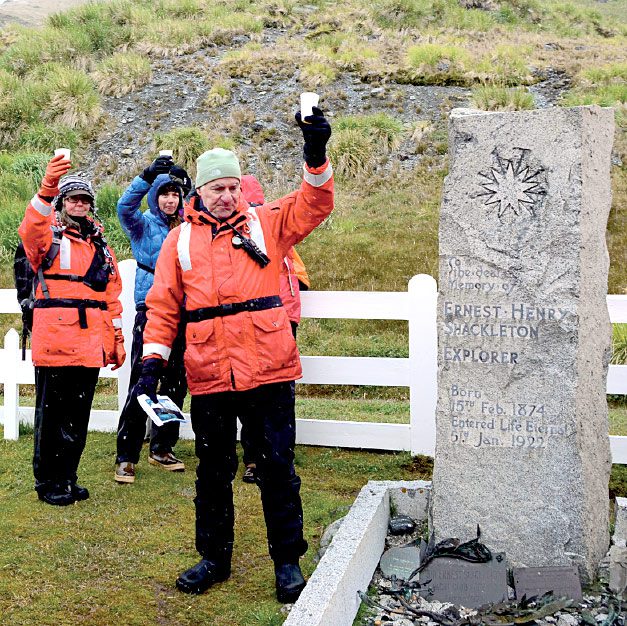
The great polar explorer, Ernest Shackleton, will always be associated with South Georgia Island—indeed, he is buried at the tiny cemetery at Grytviken. On a 1914 expedition attempting to be the first team to walk across the entire Antarctic continent, his ship became hopelessly stuck in the pack ice and was later crushed as the ice shifted. He and his men were marooned for more than a year and a half, until Shackleton sailed one of their lifeboats with five of his crew more than 800 miles through the roughest seas on Earth to reach South Georgia Island. After they landed, he and two of his men still had to make a treacherous 36-hour trek across the mountains to get to the whaling station at Stromness. When they finally staggered down from the mountains, the men were unrecognizable with their ragged clothes, matted hair and beards, and weather-beaten faces. The man in charge of the whaling station, who actually knew Shackleton, was aghast at the sight of them and asked him who he and the other men were, to which he replied, “I’m Ernest Shackleton.” The man instantly broke down and wept.
As a fitting end to our journey, we landed at Grytviken to pay our respects to Shackleton. On a gloomy March afternoon with snow lightly falling, Eduardo Shaw—a staff naturalist on the National Geographic Explorer and great admirer of Shackleton—led us on a hike to the explorer’s grave. He poured us each a shot of Irish whiskey, and we drank a toast to Shackleton, afterwards spilling half of each glass on the stones covering his grave.

All About Birds
is a free resource
Available for everyone,
funded by donors like you
American Kestrel by Blair Dudeck / Macaulay Library
